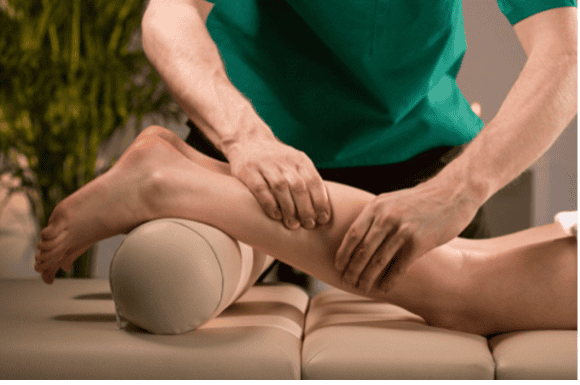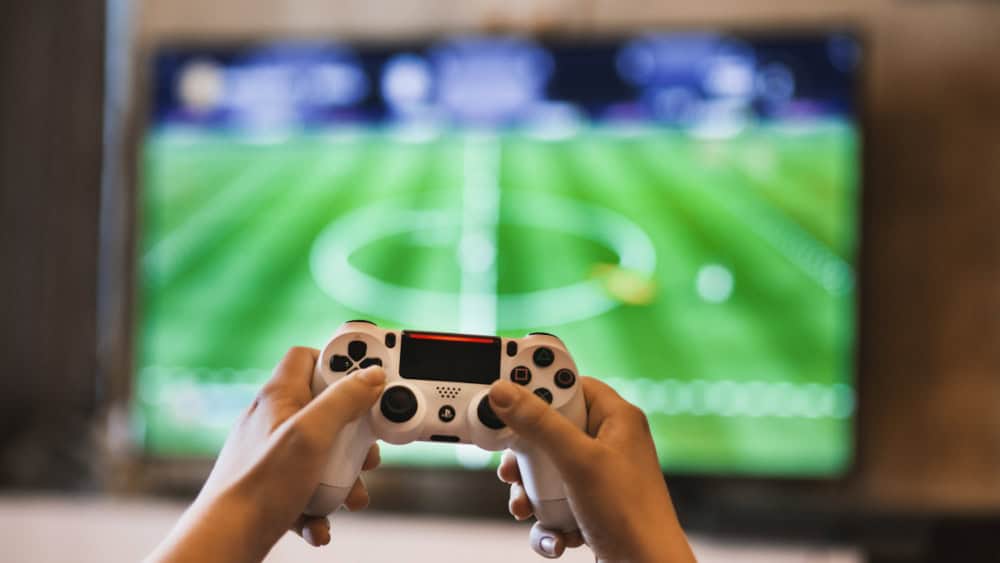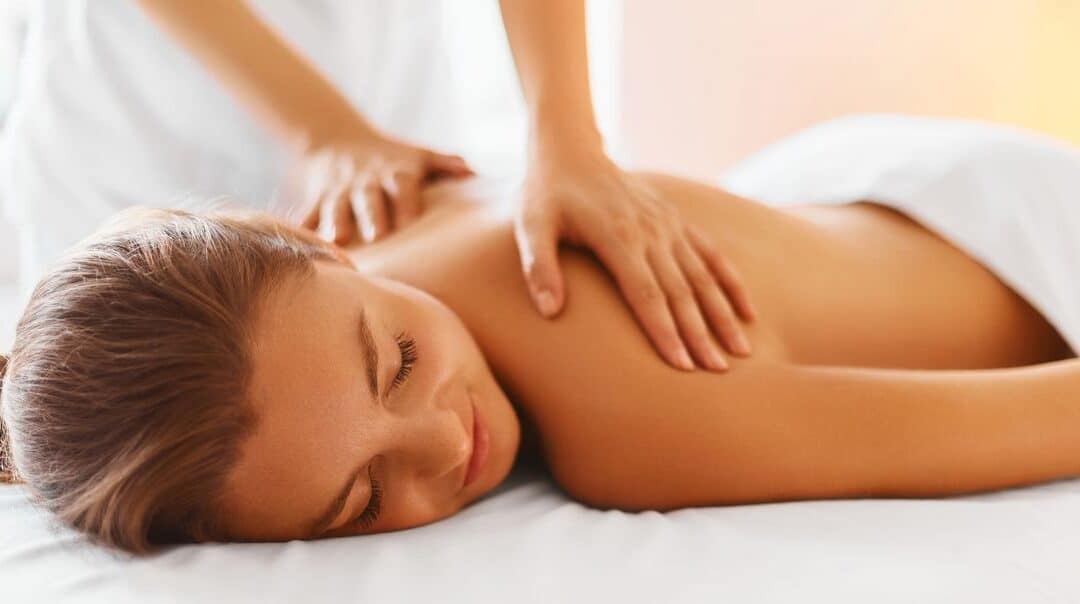Massage therapy – we’ve all either had one or know someone who has had one. Whether it is you are wanting a relaxing hour, have muscle tension, or pain, a massage has tonnes of benefits.
If you are debating whether or not to get a massage or have had multiple and want to know more about them, you are in the right spot, keep reading!
What is massage therapy?
Massage therapy is the manipulation and mobilization of soft tissue using various compression and decompression techniques. Massage therapy has actually been around for centuries and continually evolving for clinical, therapeutic and palliative purpose. It is a form of therapy that is used to promote healing and relaxation. While medication can be effective to manage pain, it is not always the best option for everyone. Fortunately, there are alternatives, such as massage therapy to help reduce pain.

What are the different types of massage therapy?
- Deep Tissue Massage:
- Muscles can become tight for various reason (i.e. injury, stress, tension etc.)
- This type of massage will get deep into muscles and tendons to help release tension
- It is best for people with injuries, general tightness and chronic muscle pain
- Sports Massage:
- This is similar to a deep tissue massage, however typically will target specific muscle groups that are sore after physical activity
- It is best for individuals who play sports, or simply prevention of injury
- Myofascial release:
- Myofascia is connective tissue under our skin, that connects everything to anything
- This type of massage will work through releasing the fascia with kneading and stretching
- It is excellent for individuals with tightness in neck, shoulder or back
- Lymphatic Massage:
- Lymphatic has several important actions such as maintaining fluid levels and removing waste products in our body
- This type of massage uses gentle touch to help lymphatic fluid flow more easily
- It is used best for individuals with inflammation, arthritis or post mastectomy
- Swedish Massage:
- Feeling stressed, a Swedish massage is a classic go to type of massage for relaxation
- It is often gentler, includes the whole body and therefore is good for people new to massages
What does massage therapy treat and help with?
As mentioned, massage therapy has been used for multiple dysfunctions and impairments, to help people better manage and improve their quality of life. What are some of the specific things massage therapy can help with?
1.Pain Management
Massage therapy is an effective tool to help manage your pain, whether it is acute or chronic pain. It helps to reduce pain by reducing inflammation, promoting circulation and relaxation fo the body.
2.Reduces Inflammation
Inflammation is a natural response to an injury or illness, however, with chronic inflammation it can lead to longer lasting issues. Massage therapy can help to reduce inflammation in the affected areas by increasing blood flow, promote the release of the body’s natural anti-inflammatory chemicals and reduce tension in specific parts of the body.
3.Improve Circulation
Having good circulation is important for many reasons. More specifically, it is essential for delivering oxygen and nutrients to our tissues and organs. It also helps to carry away waste products that we create in our body. When circulation is impaired, pain and prolonged inflammation can occur. Massage therapy can help to improve circulation by increasing blood flow to the affected area and promote lymphatic drainage.
4.Reduce Stress and Promote Relaxation
Stress is a common trigger and exacerbation of pain. Massage therapy can help with release of the “feel-good” hormones such as serotonin and dopamine. Overall, this can lead to reducing pain and overall increase in feeling of emotion and physicality.
5.Reduce Anxiety
The calm felt after a massage can aid in reducing stress. Our body has 2 different nervous system, our fight or flight which gets activated in stressful situations, and our parasympathetic nervous system which is activated with relaxation and rest. A massage is thought to increase our parasympathetic activity, which can decrease feelings of anxiety.
6.Improves Sleep
As previously mentioned, massage can decrease cortisol and increase serotonin, which can translate to benefiting those who suffer from insomnia.

What to expect at your massage appointment and how often should you get a massage?
At your first massage therapy appointment, the registered massage therapist will begin by asking you questions to gain a health history from you. In doing so, they will be able to ensure the techniques they use are safe, as well as be able to decide with you which type of massage will be suit you.
Before a massage, it is best to avoid consuming a heavy meal. It is also recommended to drink plenty of water and stay hydrated, to help prepare your muscles for the massage. After the massage, it is also important to stay well hydrated. Gentle stretching and continued movement is also recommended.
Typically, a massage session lasts between 60 and 90 minutes, but depending on your needs, you may benefit from a shorter or longer session. During the massage, it is important to communicate with your massage therapist and give them feedback on anything you are feeling (i.e. too much pressure, too little pressure etc.).
The frequency of your massage therapy appointments will be discussed at your initial appointment, to determine the best course of action for you. The frequency may vary from weekly, every 2 weeks or monthly appointments.

Do you think a massage therapy appointment is right for you? Our registered massage therapist located at our Alliston clinic is ready to help you get back to your better self!
https://painhero.ca/blog/massage-therapy-for-pain-management-a-natural-approach-to-pain-relief/

